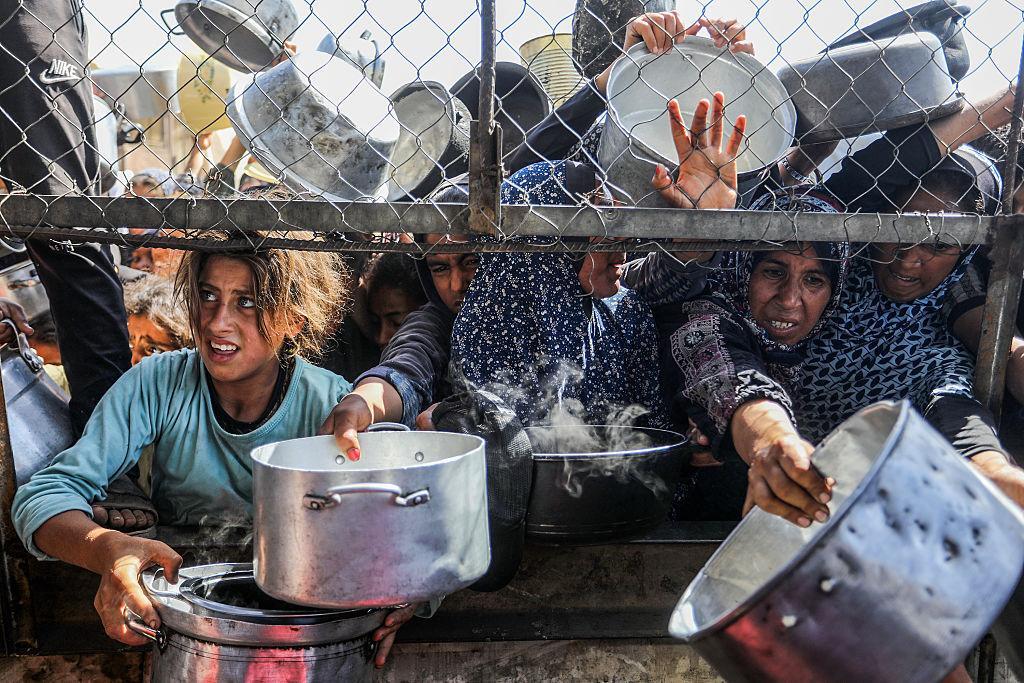
Eid in Gaza: Prayer Amid Ruins, Hunger & Growing Humanitarian Crisis
The month of Ramadan had just ended, and the holy festival of Eid al-Adha was around the corner. For millions of Muslims around the world, Eid is a time of celebration, feasting, and gift-giving with family and friends. However, for Palestinians in Gaza, this Eid was unlike any other. On June 6, 2025, as the sun rose over the ravaged streets, residents gathered for prayers in open spaces, a stark reminder of the devastation that had ravaged their homes and lives.
The Gaza Strip, a coastal region bordered by Israel and Egypt, has been plagued by conflict, poverty, and humanitarian crises for decades. The situation has deteriorated dramatically in recent years, with the latest escalation in violence leaving a trail of destruction and despair. As of June 2025, over 54,000 lives had been lost, and more than 500,000 people were displaced, forced to flee their homes in search of safety and shelter.
The destruction of mosques and places of worship was one of the most striking consequences of the conflict. With many mosques reduced to rubble, residents were left with no choice but to gather in open spaces for Eid prayers. The usually solemn atmosphere of Eid celebrations was replaced by the haunting sounds of sirens and the smell of smoke and rubble. The usually vibrant streets of Gaza were eerily quiet, with the only sound being the distant rumble of artillery fire and the wails of ambulances.
Food scarcity worsened, with the United Nations warning of impending famine affecting nearly 500,000 people. The usually bountiful Eid tables, laden with traditional dishes and sweets, were instead bare and empty. Families struggled to make ends meet, with many forced to rely on dwindling food supplies and makeshift shelters. The once-thriving markets were now mere shadows of their former selves, with vendors struggling to sell even the most basic necessities.
Despite the dire circumstances, Gazans still found ways to cope and maintain their faith. In the midst of the devastation, they came together to pray, to mourn, and to find solace in each other’s company. In the open spaces, they gathered to recite the Eid prayer, their voices raised in a collective call to Allah. The usually festive atmosphere of Eid was replaced by one of somber reflection, as families remembered loved ones lost in the conflict and struggled to come to terms with their new reality.
Aid distribution remains a major challenge in Gaza, with many organizations struggling to reach those in need. The escalating violence has made it increasingly difficult for aid convoys to enter the region, leaving many without access to basic necessities like food, water, and medical care. The already fragile humanitarian situation in Gaza has been further exacerbated by the conflict, leaving millions on the brink of disaster.
As the world watches the unfolding humanitarian crisis in Gaza, it is imperative that we take action to support those affected. The United Nations has launched a series of appeals for aid and support, and it is crucial that we respond to these calls. We must also urge our governments to take concrete steps to address the root causes of the conflict and to work towards a lasting peace in the region.
In the meantime, Gazans will continue to find ways to endure, to cope, and to maintain their faith in the face of unimaginable adversity. They will continue to gather for Eid prayers, to share what little they have, and to hold on to hope in the darkest of times. As we look on, we must remember that their struggle is not just their own, but our own as well. We must stand in solidarity with the people of Gaza, and demand that their rights be respected and their dignity be protected.
Sources:
https://thecsrjournal.in/eid-al-adha-in-gaza-faith-endures-amid-devastation-and-food-shortages/



